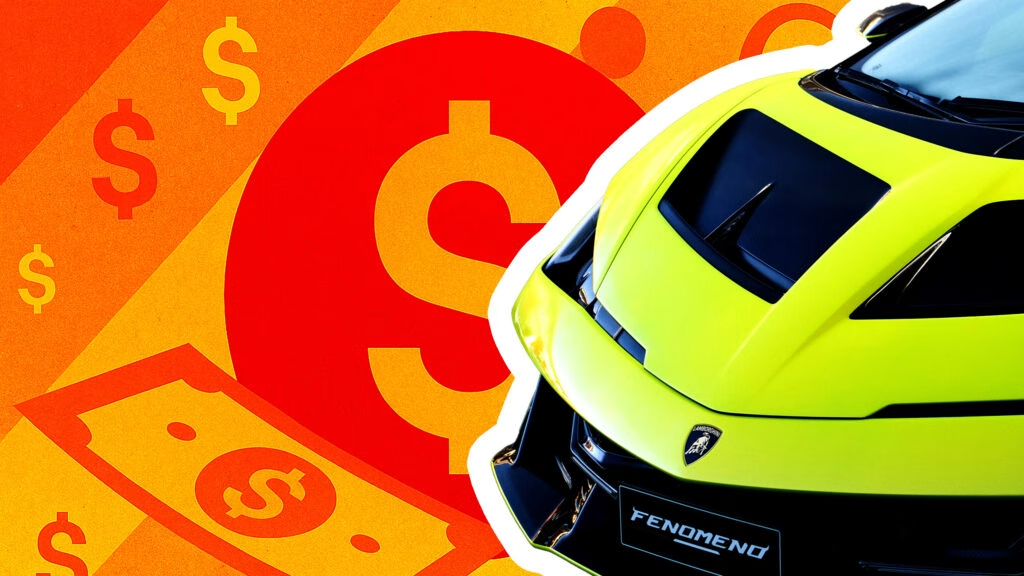Are Lamborghini Buyers Really Immune to Tariffs and Price Hikes?
Let’s get one thing out of the way: just because someone has a seven-figure bank account doesn’t mean they’re unfazed by a hefty bill. When Lamborghini announced that its U.S. buyers would be hit with a 27.5% tariff on imported vehicles, the assumption was that the ultra-wealthy would simply shrug it off. Turns out, that’s not how it works. Even for those shopping in the rarefied air of $400,000 supercars, a sudden six-figure surcharge is enough to make anyone pause.
Why Are Tariffs Hitting Lamborghini So Hard Right Now?
The U.S. recently doubled down on tariffs for European luxury automakers, pushing the rate from 15% to a whopping 27.5%. For a brand like Lamborghini, which prides itself on its “Made in Italy” heritage, there’s no easy way around these costs. Unlike some automakers that have shifted production to sidestep tariffs, Lamborghini’s CEO Stephan Winkelmann is adamant: the soul of the brand is Italian, and moving production isn’t on the table.
Here’s the kicker: on a $400,000 Aventador, that tariff adds over $100,000 to the sticker price. For the new $3.5 million Fenomeno hypercar, the extra cost balloons to nearly a million dollars. That’s not pocket change, even for the ultra-rich. According to recent interviews, some buyers are holding off, waiting to see if the tariff situation stabilizes. Others are negotiating harder, trying to offset the increase. The message from Winkelmann? Even millionaires and billionaires don’t like paying more than they have to.
Do Wealthy Buyers Actually Care About Rising Costs?
Absolutely. There’s a common misconception that the rich are immune to price hikes. But as Winkelmann points out, these are people who didn’t get rich by ignoring their finances. They’re savvy, strategic, and—perhaps most importantly—used to getting value for their money. When tariffs and price hikes start stacking up, even the most loyal Lamborghini fans start to reconsider.
Anecdotally, high-net-worth buyers are known for their patience. When faced with uncertainty, they’ll often wait it out, hoping for a better deal or a change in policy. This is exactly what’s happening now. Some are delaying purchases, betting that the tariff rate might drop or that incentives will appear. Others are leveraging their buying power, pushing for discounts or added perks to soften the blow.
How Are Tariffs Changing the Supercar Market in the U.S.?
Lamborghini isn’t alone in feeling the pinch. Across the industry, European luxury brands are quietly raising prices—often by 7-10%—to offset the impact of tariffs and rising production costs. Analysts have warned for months that these costs would be passed on to consumers, and that’s exactly what’s happening. According to data from the U.S. Bureau of Labor Statistics, the average price of imported luxury vehicles has climbed steadily over the past year, with tariffs cited as a major factor.
This ripple effect is changing buyer behavior. Some customers are looking at domestic alternatives or even considering the secondhand market, where tariffs don’t apply. Others are exploring brands that have established U.S. manufacturing, hoping to dodge the import tax altogether. For Lamborghini, whose entire identity is wrapped up in Italian craftsmanship, this isn’t an option.
Will Lamborghini Move Production to Avoid Tariffs?
It’s a tempting idea, and several automakers have already made the leap. But for Lamborghini, the answer is a firm no. Winkelmann is clear: “Made in Italy” isn’t just a slogan—it’s the heart of the brand. Moving production would risk diluting what makes a Lamborghini special, and that’s a gamble the company isn’t willing to take.
Instead, Lamborghini is focusing on weathering the storm. The company’s strategy includes modest price hikes and a willingness to negotiate with buyers. They’re also keeping a close eye on policy changes, ready to adapt if the tariff landscape shifts again. In the meantime, the brand is betting that its loyal customer base will stick around, even if it means paying a premium.
What Does This Mean for the Future of Super-Luxury Cars in America?
The luxury car market has always been a bellwether for broader economic trends. When even the wealthiest buyers start hesitating, it’s a sign that market forces are at play. Tariffs, inflation, and global uncertainty are pushing brands and buyers alike to rethink their strategies.
For Lamborghini, the challenge is clear: maintain exclusivity and Italian heritage while navigating a more expensive, unpredictable market. For buyers, it’s about balancing passion with pragmatism—deciding whether the thrill of a new supercar is worth the extra cost.
The big takeaway? Even in the world of hypercars and high rollers, nobody’s immune to economic reality. Tariffs aren’t about perfection—they’re about smarter adjustments. Start with one change this week, and you’ll likely spot the difference by month’s end.

